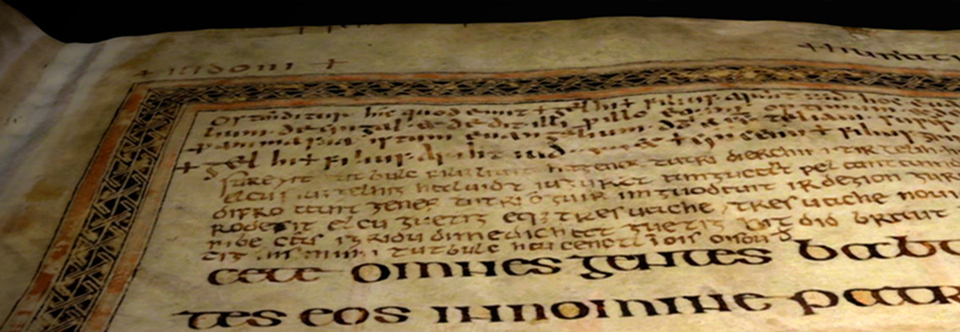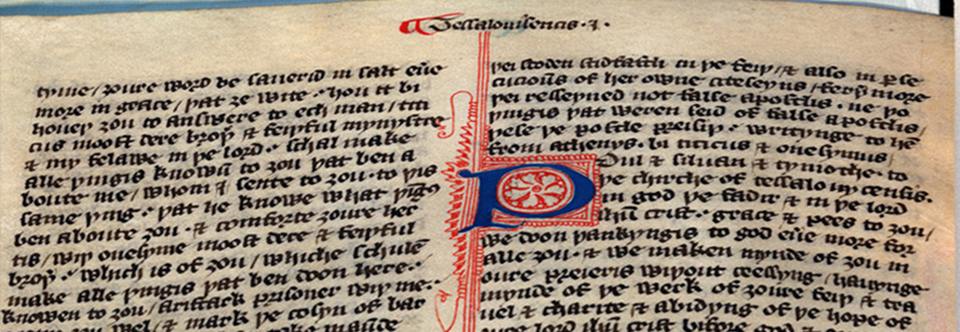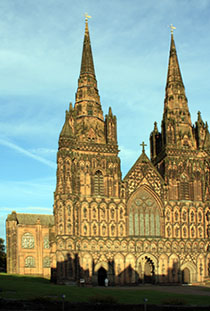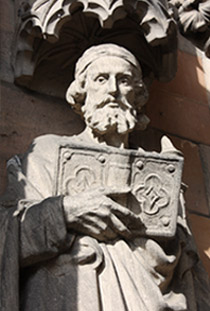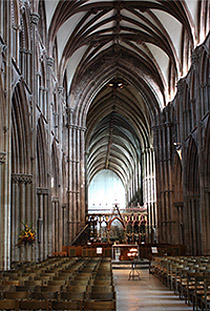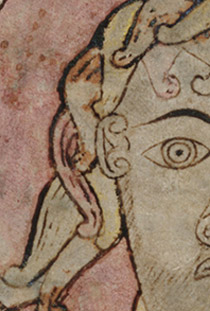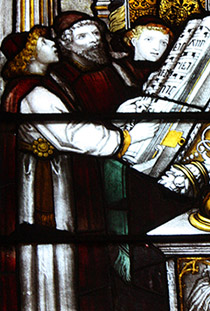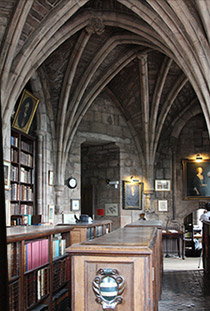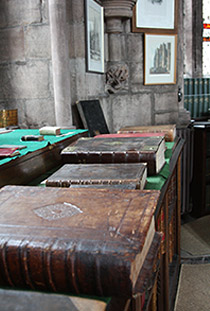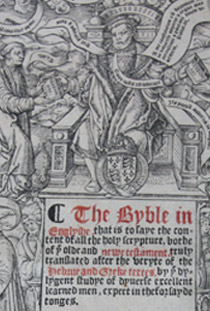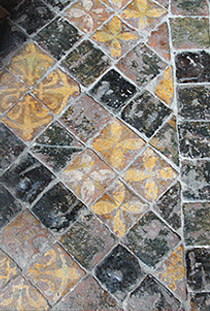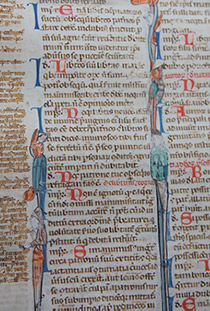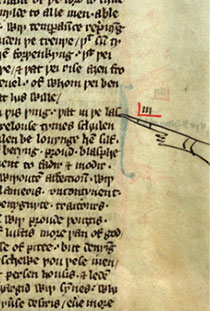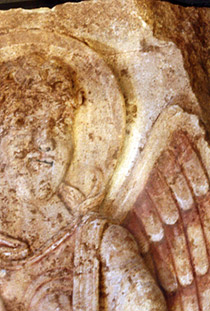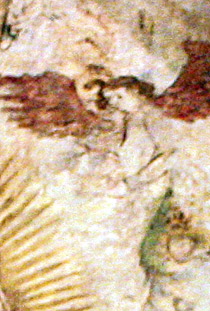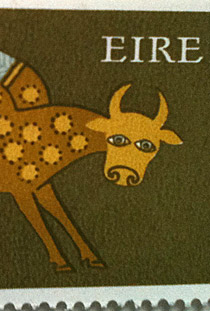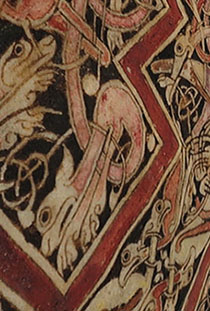Made around 730, the St Chad Gospels is an exquisite blend of cultural influences in the British Isles and beyond. It shows strong correspondences with the Lindisfarne Gospels, which predates it slightly, and the Book of Kells, which it predates by about 70 years. The St Chad Gospels contains the earliest surviving examples of Old Welsh writing.
For this project, I used two completely different cameras. The technique that required a less complex camera required a more complex computational process--the Reflectance Transformation Imaging (RTI). For RTI, I captured a series of photographs for a page using a Canon Mark II full-frame DSLR with a 21.1 megapixel sensor. Generally, I took 45 registered photographs for each page, each with a different angle of light. RTI software combined these photographs into a high-resolution composite file that allows for control over lighting and the option for mathematical enhancements to facilitate the viewing of surface detail. However, the bound vellum pages of the St Chad Gospels (as would be the case for most 8th-century manuscripts) did not allow for as flat of an opened surface as needed for a few of the more acute angles of raking light; therefore, I eliminate some photographs, especially when they had shadows from the opposite page.
For the multispectral photographs, I used a monochrome camera with a 39-megapixel sensor (MegaVision E6). Monochrome cameras enable the capture of different spectral bands of light, from near ultraviolet to near infrared. Images captured with ultraviolet and infrared light are adept at revealing information not normally visible to the unaided human eye. Generally, I took photographs in thirteen different spectral bands.
450, 465, 505, 535, 592, 625, 638, and 700nm (visible)
730, 780, 850, and 940nm (infrared)
However, because ultraviolet light interacts with vellum and darkens it over time, ultraviolet light was only used for imaging pages that warranted it—generally to recover worn or water-damaged text. Therefore, the number of photographs for any page of the St Chad Gospels varies from twelve to thirteen images. For the Wycliffe New Testament, I began with thirteen bands because some of its pages exhibited hints of erasures and re-use; however, the imaging demonstrated this not to be the case, and I discontinued ultraviolet and a few other spectral bands because the text and decoration are readily viewable in normal visible bands of light.
The ingenuity of the MegaVision imaging system, however, is its controllable LED lighting. Instead of exposing a manuscript to white light and filtering out all wavelengths other than the band desired for an image, the LED lighting produces only the wavelength necessary for each photograph. This minimizes the exposure of a manuscript's pages to white light (which includes all wavelengths), benefiting preservation.
As is typical for digital photography, combining images photographed with red, green, and blue bands of light produces colored images. For the images on this website, the combined bands are red (638nm), green (535nm), and blue (465nm). These combinations generated 16-bit TIFF images, which I have reduced to 8-bit JPGs for this website because of the limits of regular monitors and to take advantage of JPG's lossy compression for reducing the size of images and delivering them efficiently over the Web.
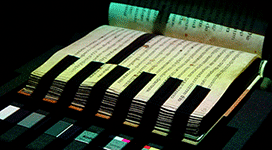 |
Finally, 3D data was captured for each page of the St Chad Gospels. For this data, twenty-two changing and varied patterns were projected onto a page and photographed. The patterns' distortions reflect the contours of a page, which can be converted into a polygon mesh for 3D images. |
I have brought online sixteen interactive 3D images of the St Chad Gospels' pages. They are the first interactive 3D images that I am aware of for a manuscript online. The 3D images not only offer a sense of the state of each page (its contours), but they also enables any feature on a page to be measured, any point to become an epicenter around which a page rotates, and a URL to be generated for any position that a 3D image has been manipulated into (for reference or ease of return to a position).
I have a short video available about 3D and its potential uses for studying manuscripts. Also, I am working to make the whole St Chad Gospels available in interactive 3D.


